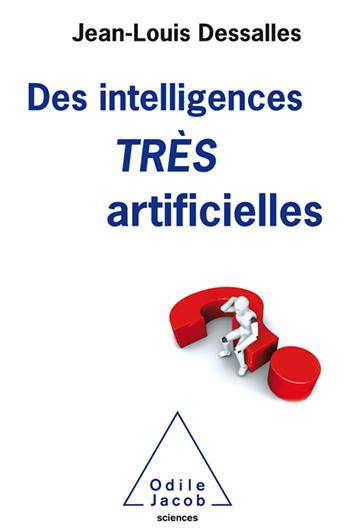Jean-louis Dessalles - Publications
[See all papers]
- [Representative Papers]
- [Talks]
See also Books:



| We reject the idea that concepts are permanent representations (ontologies). However, we stick to the idea that symbolic structures are necessary to interpret combinatorial and logical phenomena observed in language and in reasoning. Our solution is a procedure through which conceptual representations are formed on the fly. Our model is based on the assumption of a contrast operator which allows topological relations to operate on perceptual representations, giving birth to transitory symbolic representations. |

|
See also the video of my talk at COST 2016
How concepts differ from predicates |
![]()